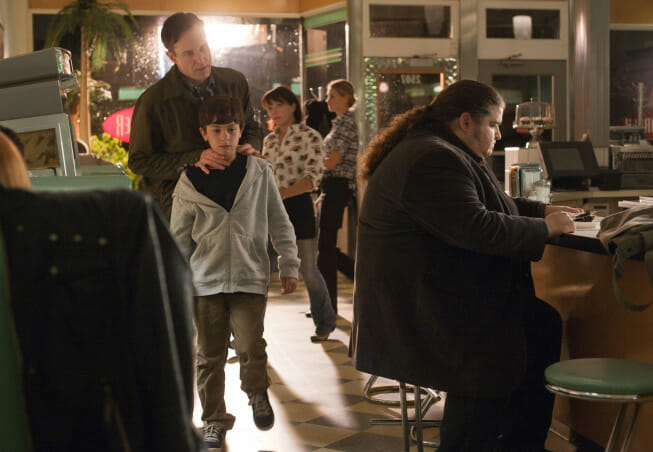Alcatraz: “Kit Nelson” (Episode 1.3)

Last week’s two-episode series premiere felt like it was strongly influenced by J.J. Abrams’ other great Fox show, Fringe, but this week’s episode “Kit Nelson” felt strongly like a trip back to the island of Lost in terms of style and tone. Maybe it had something to do with the fact that the episode was written by Jennifer Johnson, who co-wrote two of Lost’s best first season episodes, shot by frequent Lost director Jack Bender. Maybe it was the sweeping score by Michael Giacchino, or just the use of flashbacks, underground hatches in the woods or a stand-out performance by Jorge Garcia. But “Kit Nelson” felt like it took a page out of the best parts of Lost without creating problems that many viewers had throughout the show’s entire run.
-

-

-

-

-

-

-

-

-

-

-

-

-

-

-

-

-

-

-

-

-

-

-

-

-

-

-

-

-

-

-

-

-

-

-

-

-

-

-

-








































